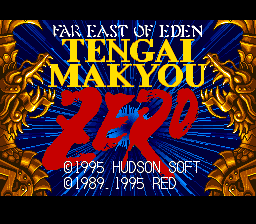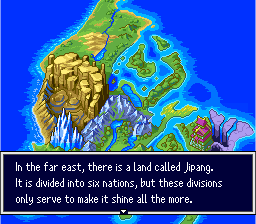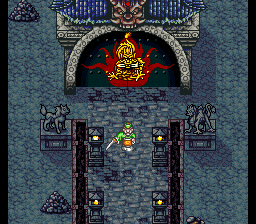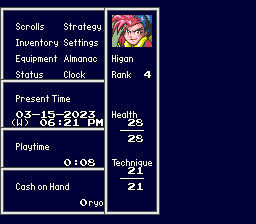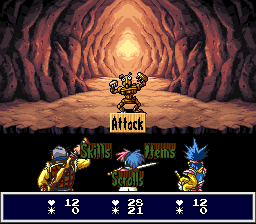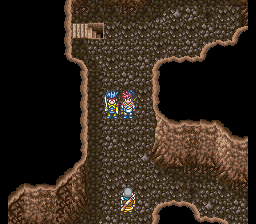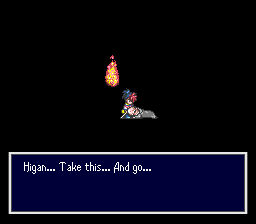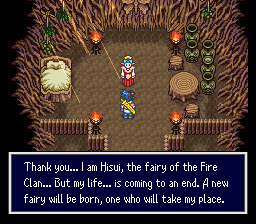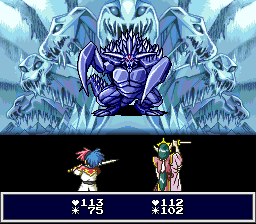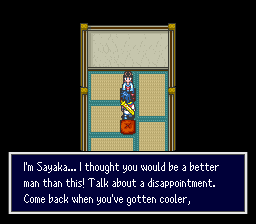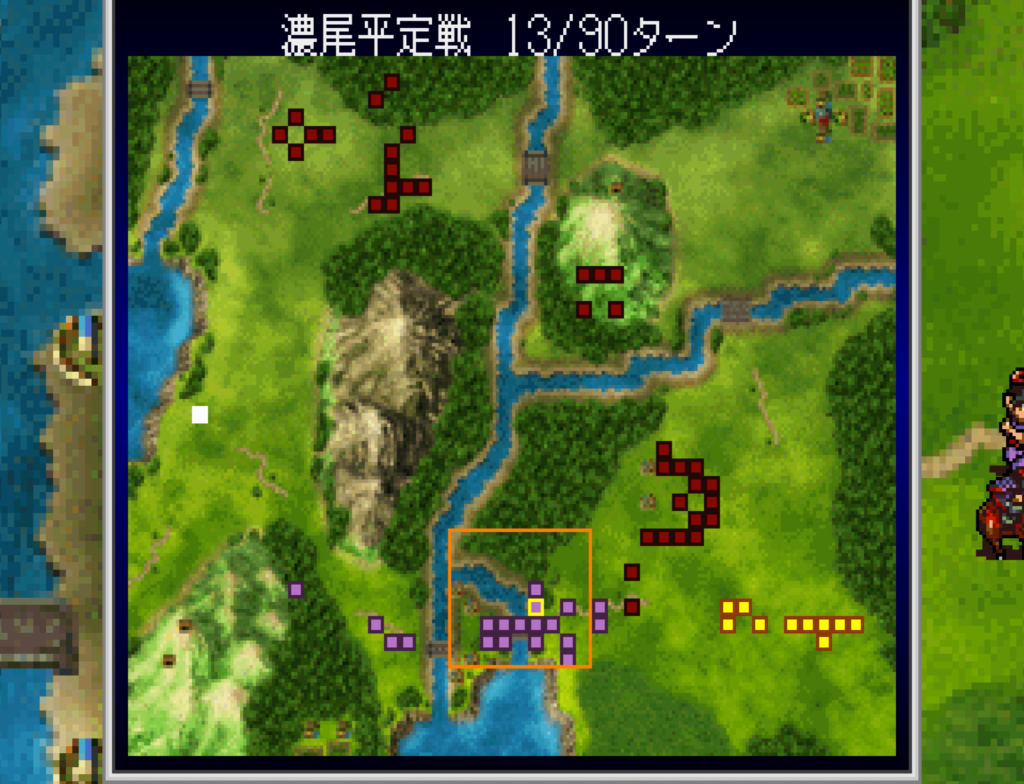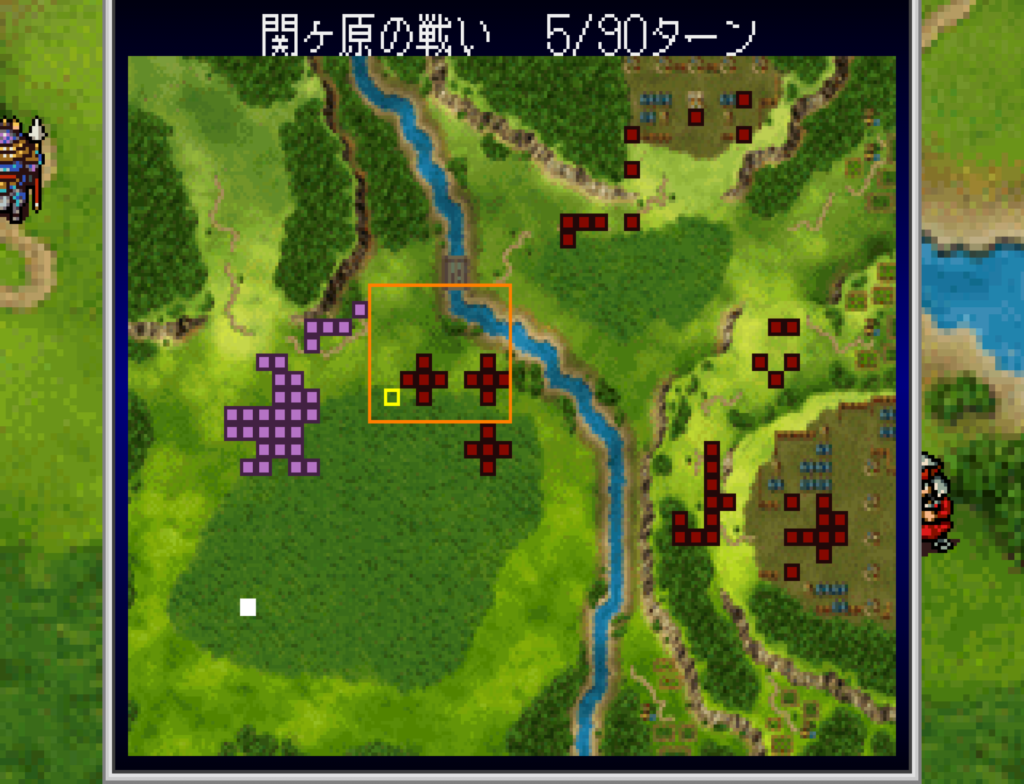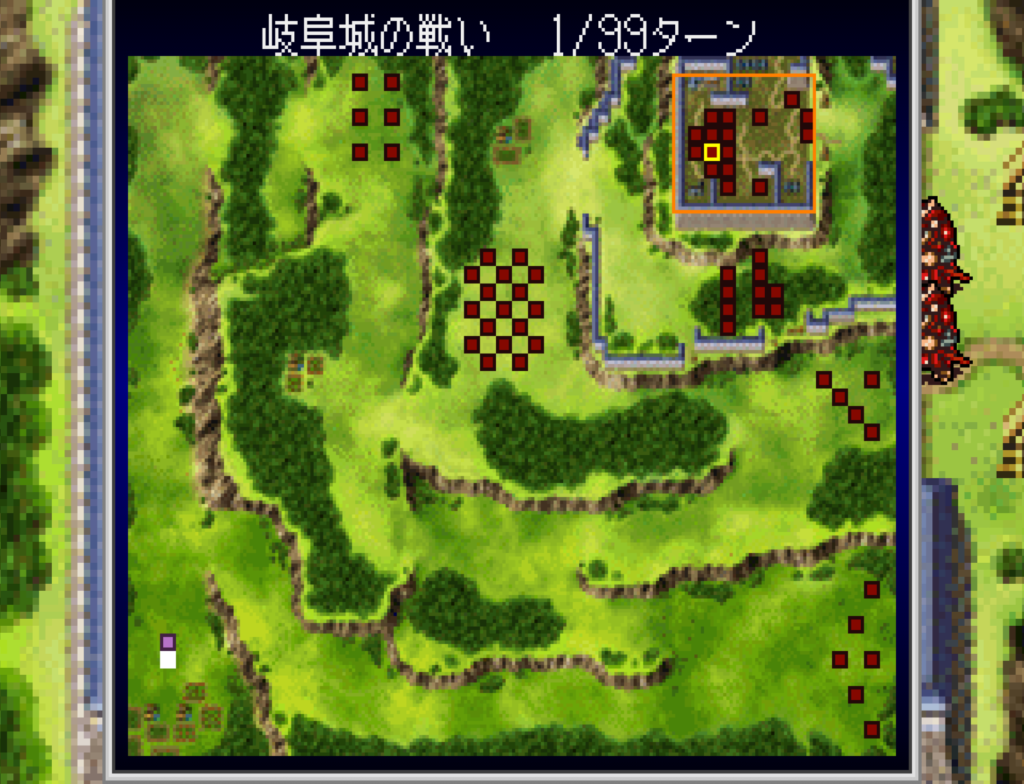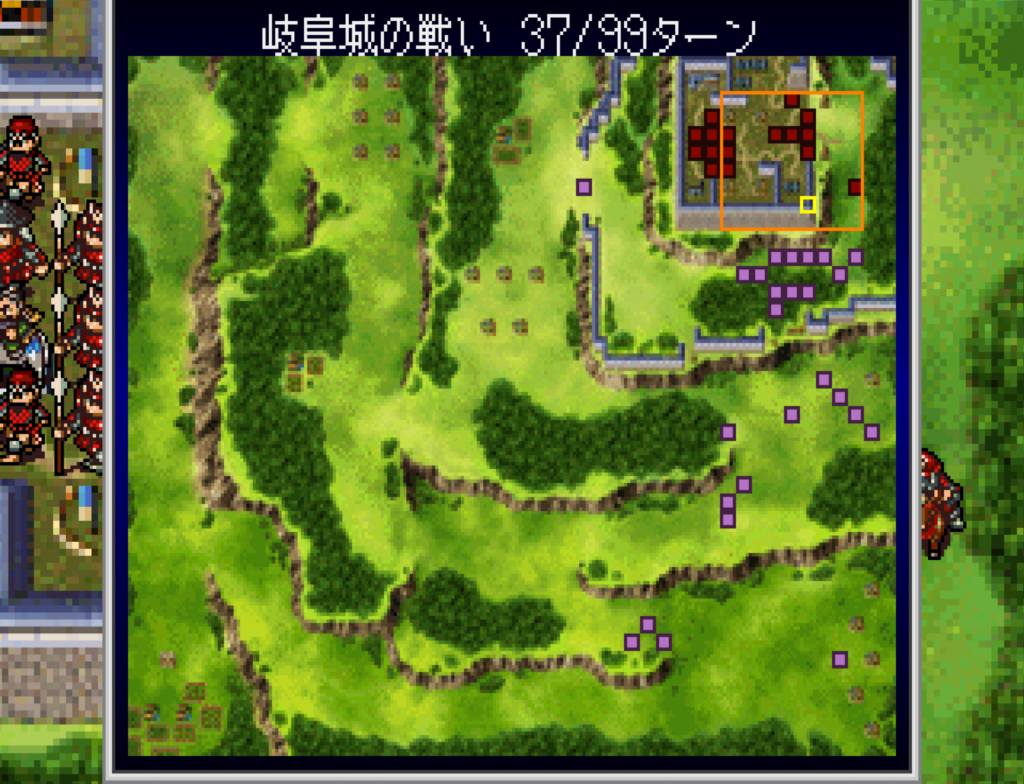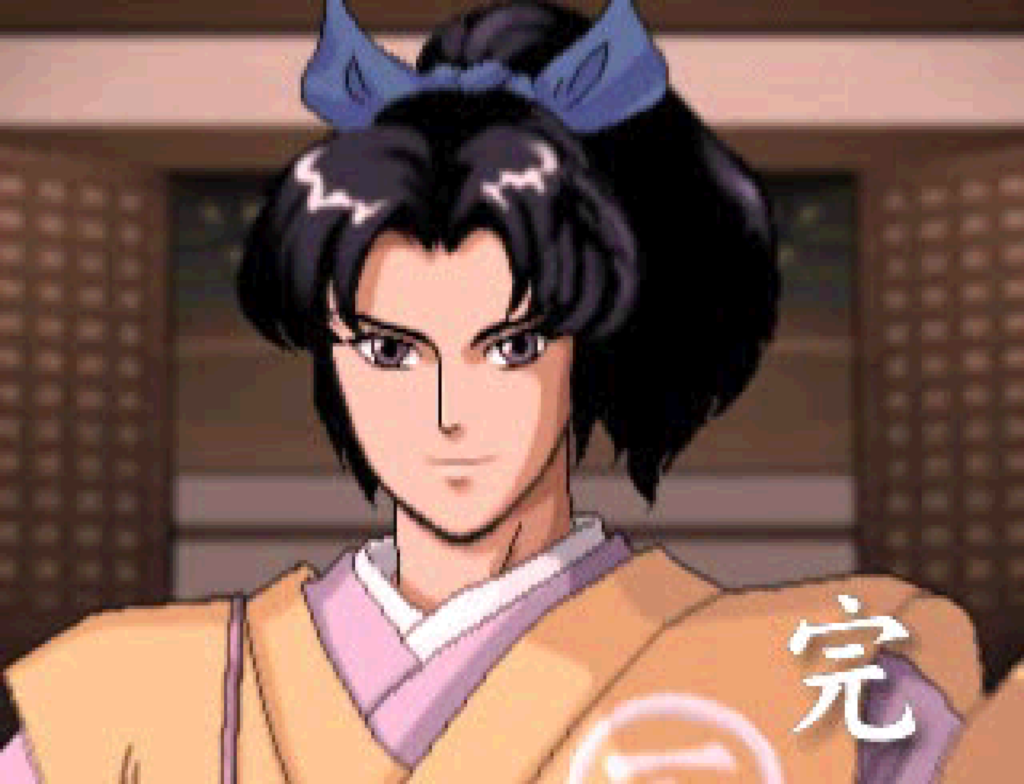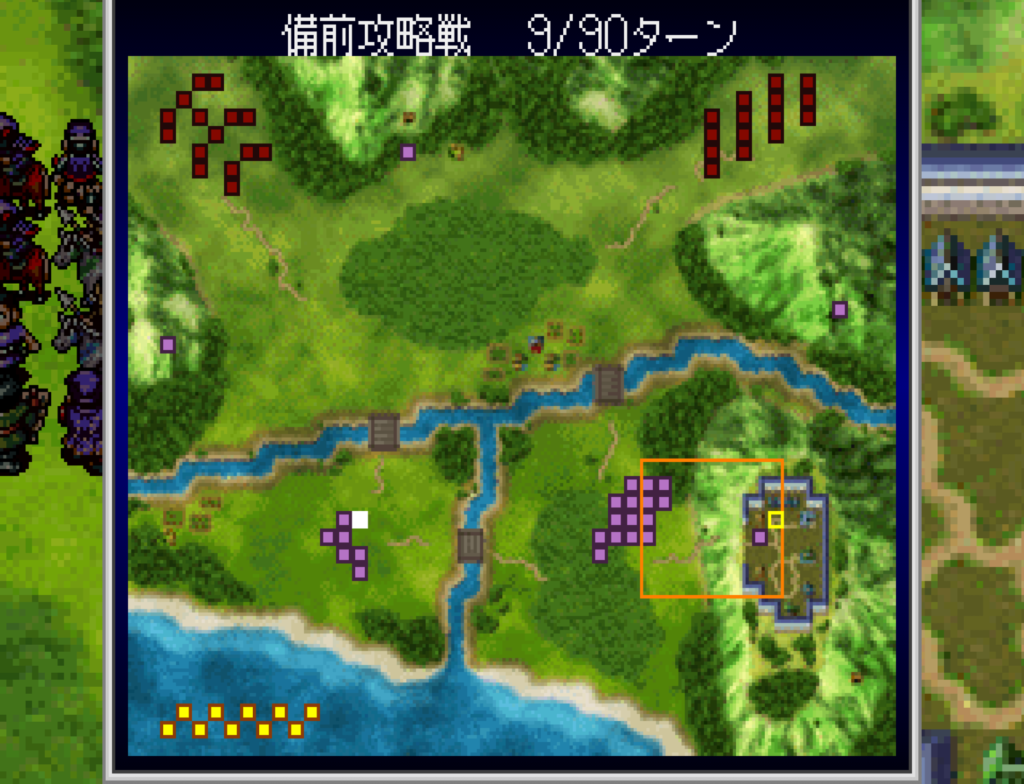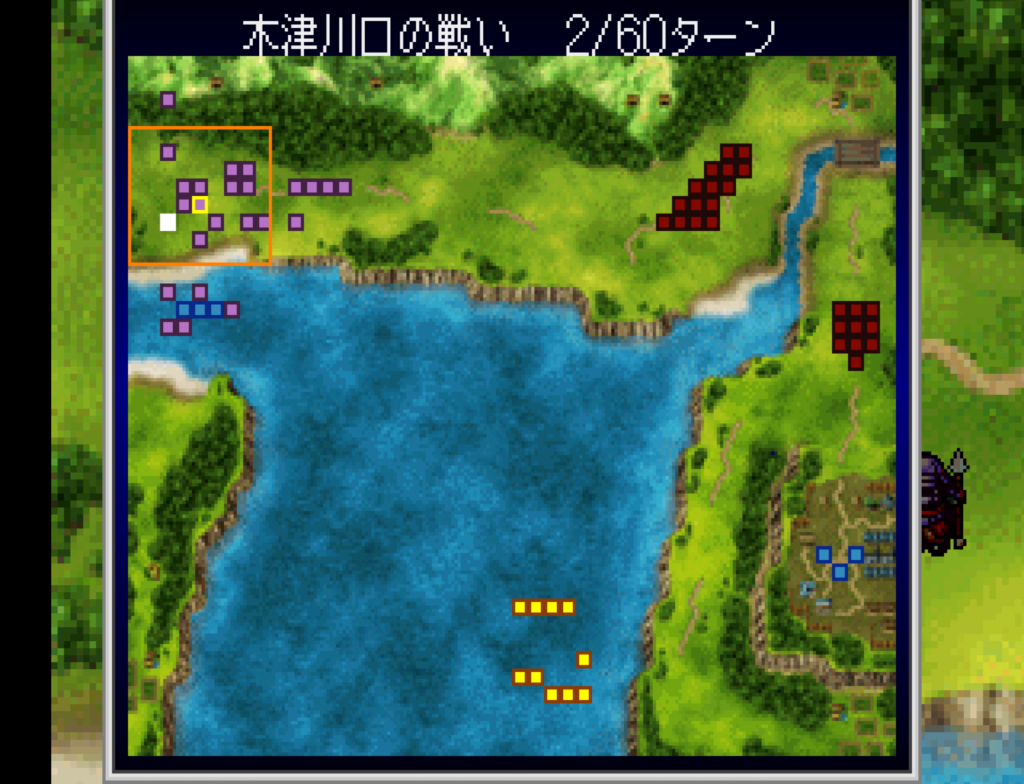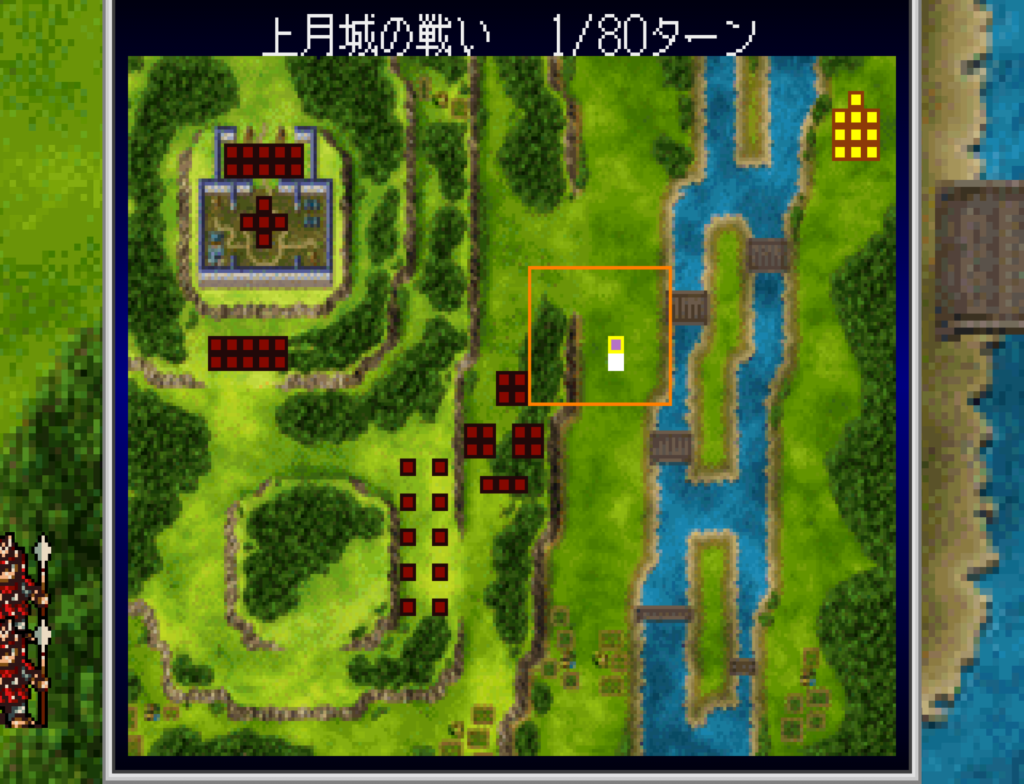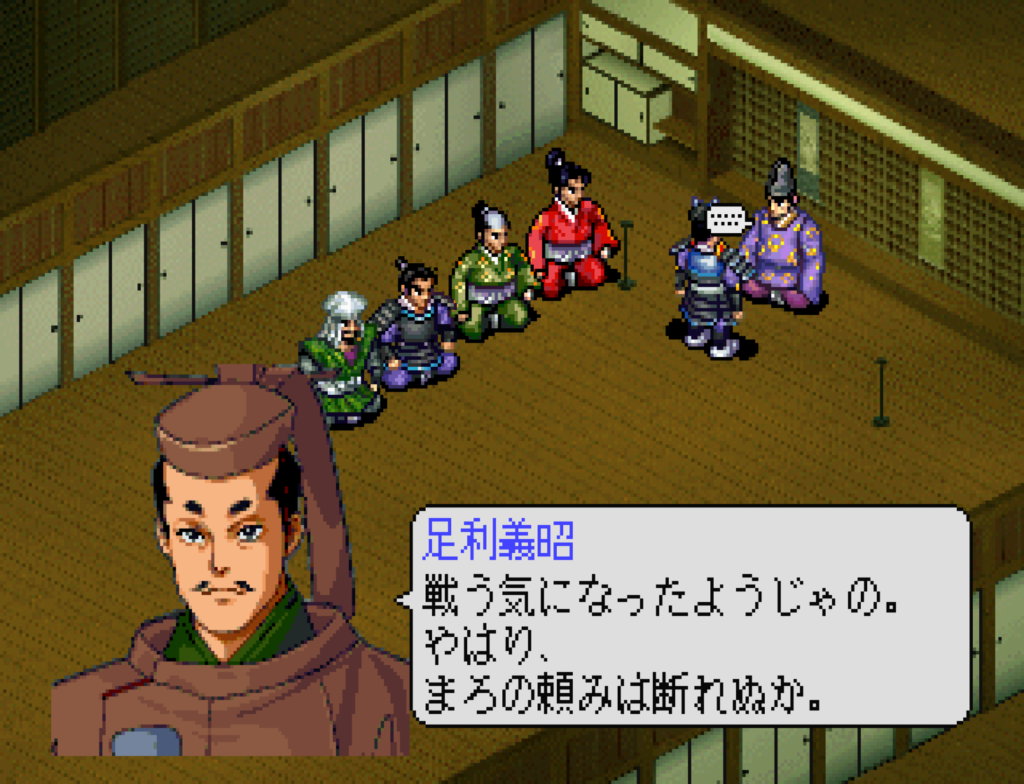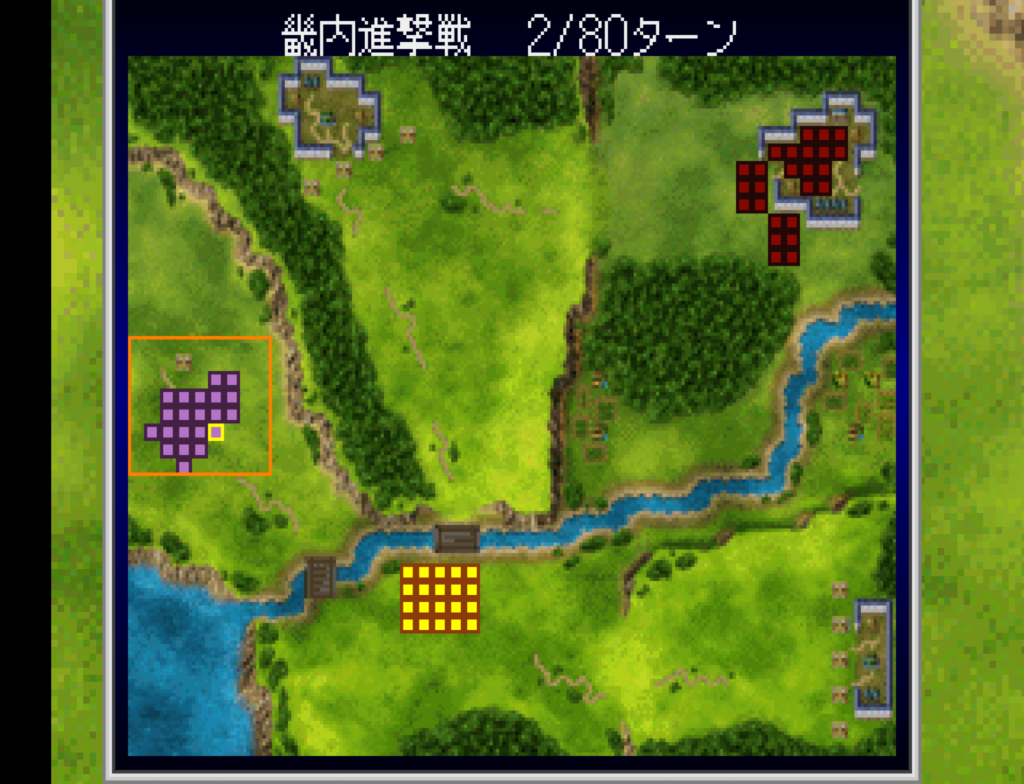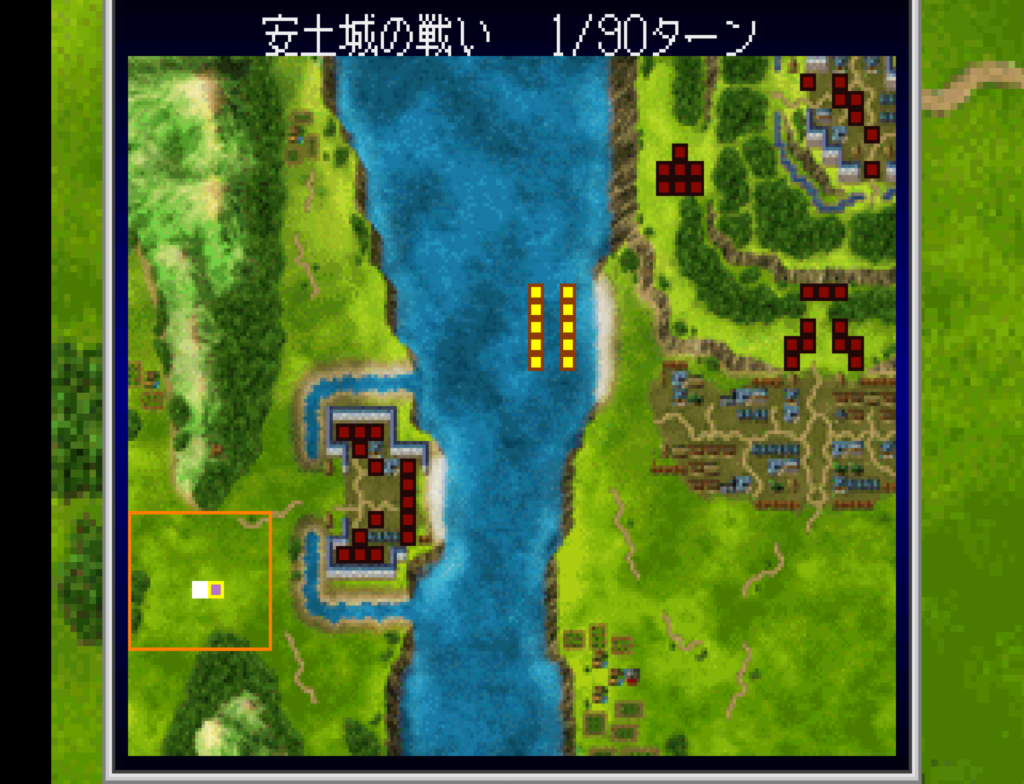I did finish the game this week. After the Fire Bear Nation, you essentially go through the other five nations sequentially with a similar pattern — go to the nation, learn what is happening to it, and then make your way to the boss and defeat it.
The most annoying thing about all this is the very high random encounter rate. These aren’t encounters you can just hold down attack to beat — it’s appreciated that you should be using elemental attacks and such, but when there are so many of them it becomes quite tedious.
Peacock Nation
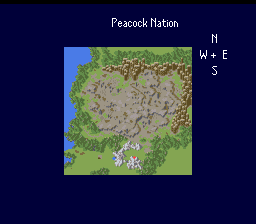
Blood is raining from the sky here, making everyone get sick. But to get to the tower with the boss we need a flying machine. This guy named Akamaru tries to trick you into giving him the key to the machine, but it turns out he’s the villain of this land. Fortunately Subaru, your second companion, shows up to help you out.
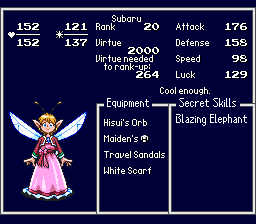
Some of her skills involve this egg/animal raising minigame, but it can’t be done if the clock is not working so I didn’t get any of those skills.
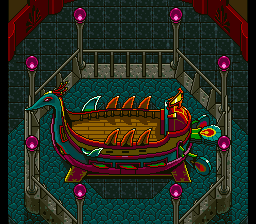
Once we get the ship we go to the bloodshed tower and finish off Akamaru.
Crane Nation
This land has suffered a severe drought that has turned everything into desert. You walk slowly through the desert but can hire a Sand Rat Cart to help out.
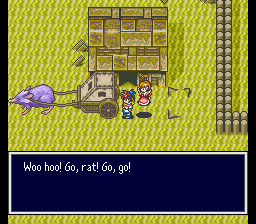
The boss here is Sara, the third of Ninigi’s underlings. We also get our third companion, Tenjin, who was one of the fire clan 600 years ago. He was in love with one of the Hell people Mizuki, but was cursed to have Mizuki inside him. He and Mizuki can switch who is in the real world but they can never meet.
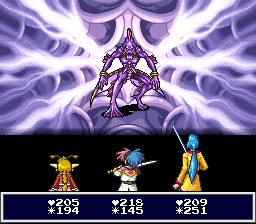
Once Sara is beaten, the next person Juri absorbs Sara inside herself and then goes to the next world.
Turtle Nation
Juri has caused everything to be overgrown with forest. She’s a weird person who leads you through the world, putting up a lot of games, quizzes, signposts, and such.
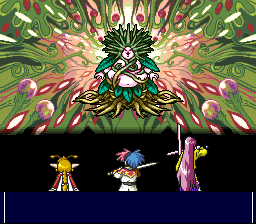
Eventually though, she’s forced to fight — you fight her twice, once in the main form and then she combines with Sara and you have to fight her again.
Canine Nation
Here, some scientist has taken over and everyone has turned greedy, going after gold.
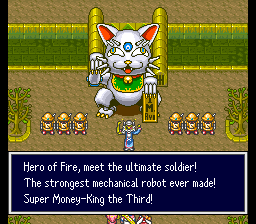
The first task is to deal with his big cat giant robot…this involves mining some gold ourselves and doing some other tasks to revive an ancient robot.
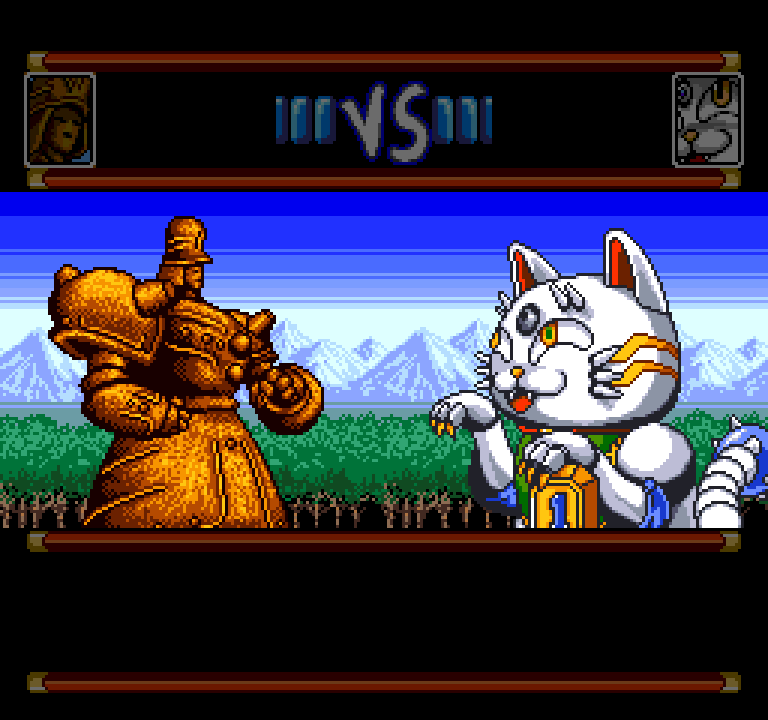
After a minigame we can get into the main castle, and beat the boss.
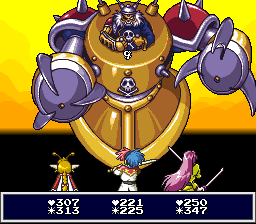
There’s a minigame in this nation that gives you a 1 in 3 chance to double your money, so you can save a few times and easily have several million gold which is enough to buy anything in the game.
Dragon Nation
We now have freed five of the six divine gods, the final one is the dragon in dragon nation. In a break from the past nations, we actually revive the Dragon as the first task. But this is also the land where the Gates of Hell is, so we’ll have to deal with that too.
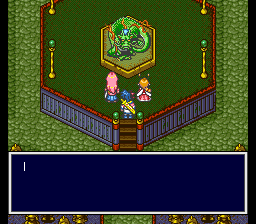
The Dragon tells us that to beat Ninigi we’ll need Agni’s sword, which was what originally sealed him. It’s beyond the gates of Hell, and using the six stones of the divine gods we can open Ninigi’s barrier long enough to recover the Agni Sword. Higan has to do this on his own, but after going through a few tricks and traps he recovers it.
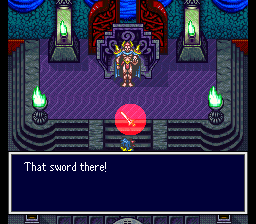
Now we go take on Ninigi in the Dragon Castle, but despite the Agni sword he wipes the floor with us and breaks the sword. So what do we do now? The Dragon tells us our only option is to go to Takamagahara in the heavens and ask Agni directly to help us. We need to use Ark’s Mirror to activate the divine ark that will take us to the heavens.
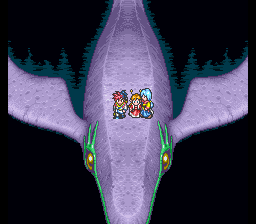
In Tamagahara, Agni is pissed off that we came to the heavens and brought conflict with us — she never liked the fact that the Fire Clan and the six nation gods rebelled against the heavens. She’ll help us if we show our strength by dealing with some of Ninigi’s monsters that have come to the heavens.
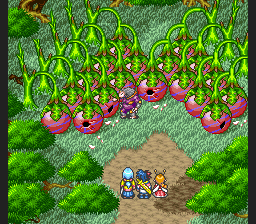
This just involves going around the heavens and beating three bosses in various towns. Higan’s “Dragon Strike” attack is helpful. The random enemies get much harder at this point.
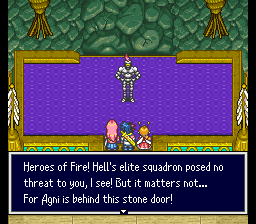
Back at Agni’s place, one of Ninigi’s minions, the Atramentous Alabaster, is trying to break in, but we drive him off.
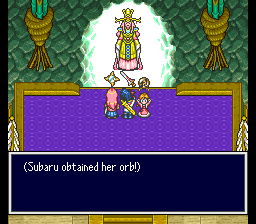
Higan has to go through another solo dungeon to get the Fire of Agni in his sword, and then Agni also gives the other two their ultimate weapons. Now it’s time to take on Ninigi.
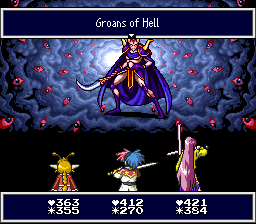
I thought this was a tough fight. Higan needs a lot of health to use his Dragon Strike, and my basic strategy was to have Subaru and Tenjin mostly healing and buffing (Tenjin gets a skill at level 50 that lets him use any spell), but I kept getting Higan’s turn right after Ninigi’s — some speed manipulation helped here.
But the game still is not over, we have to go to the Dragon Palace and fight Ninigi one more time.
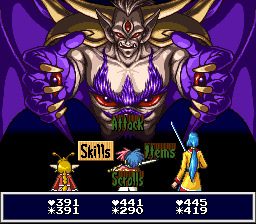
This was an easier battle, I thought, but the same strategy.
Once Ninigi is beaten and sealed, Higan can choose to become the new king. I chose to become king, which seemed like a good idea.
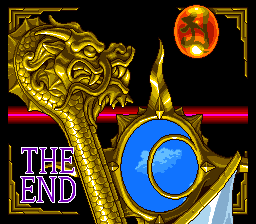
In the end this isn’t a bad game, but it’s really hampered by two things — the ridiculous random encounter rate, and the inability to do any of the clock-based events on an emulator (which is not the fault of the original game). There are a lot of other minigames and random stuff that I didn’t cover in the post. It of course suffers with comparison to the PC Engine games with the lack of speech and CD-quality music, but it’s a decent late-SFC period game.
